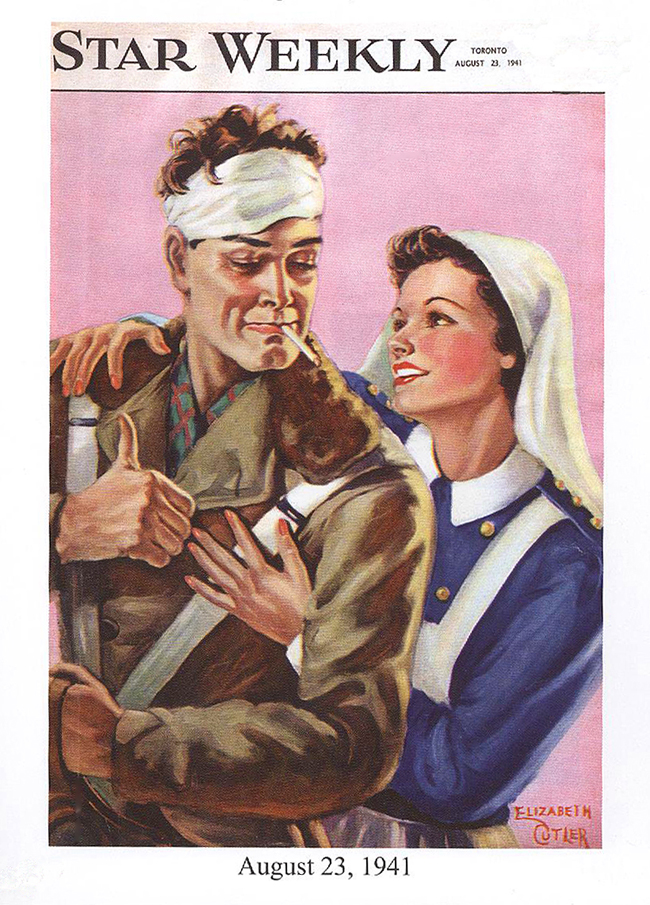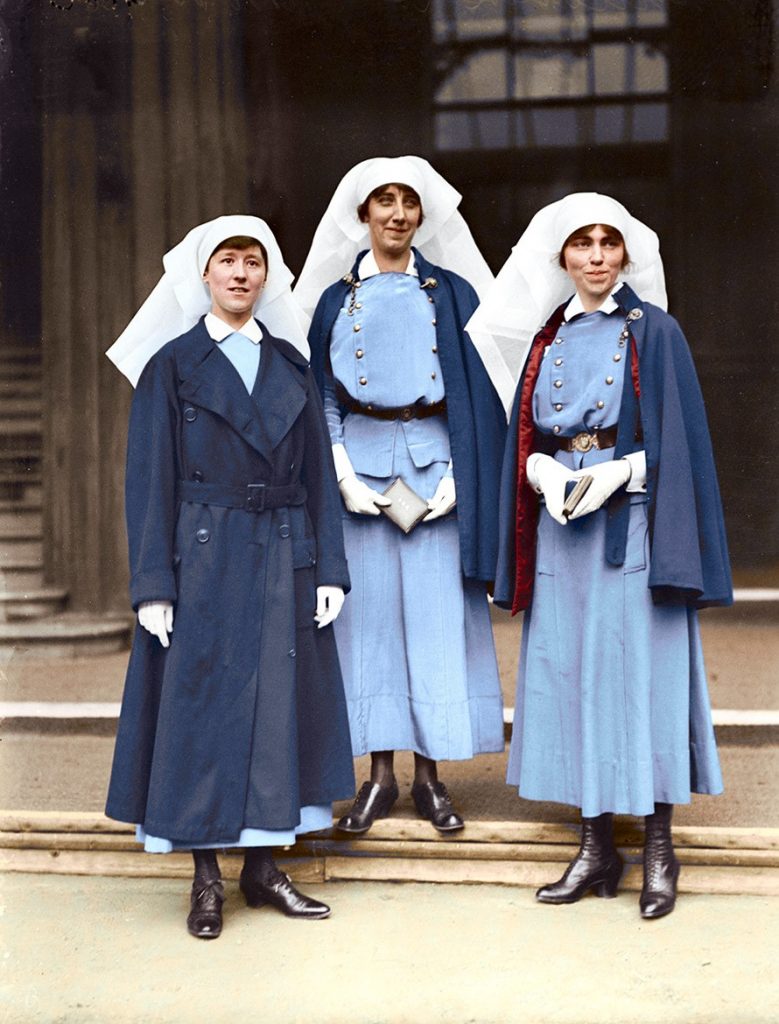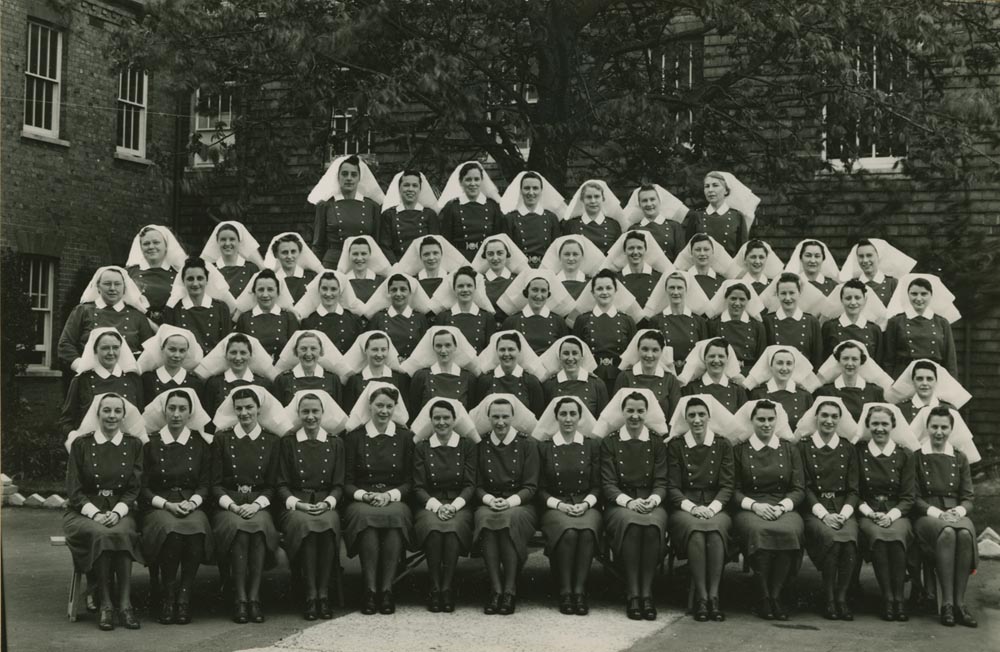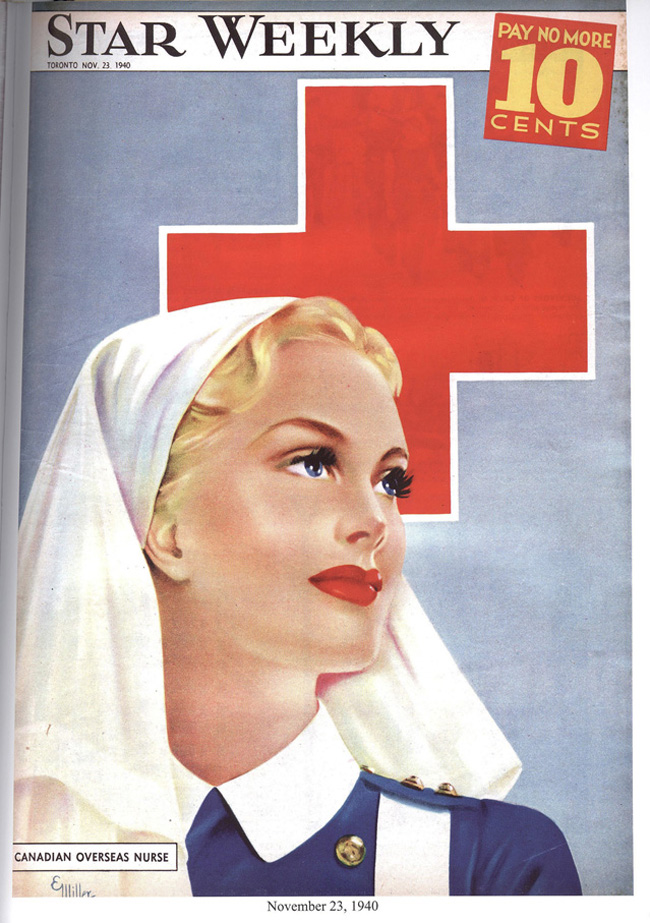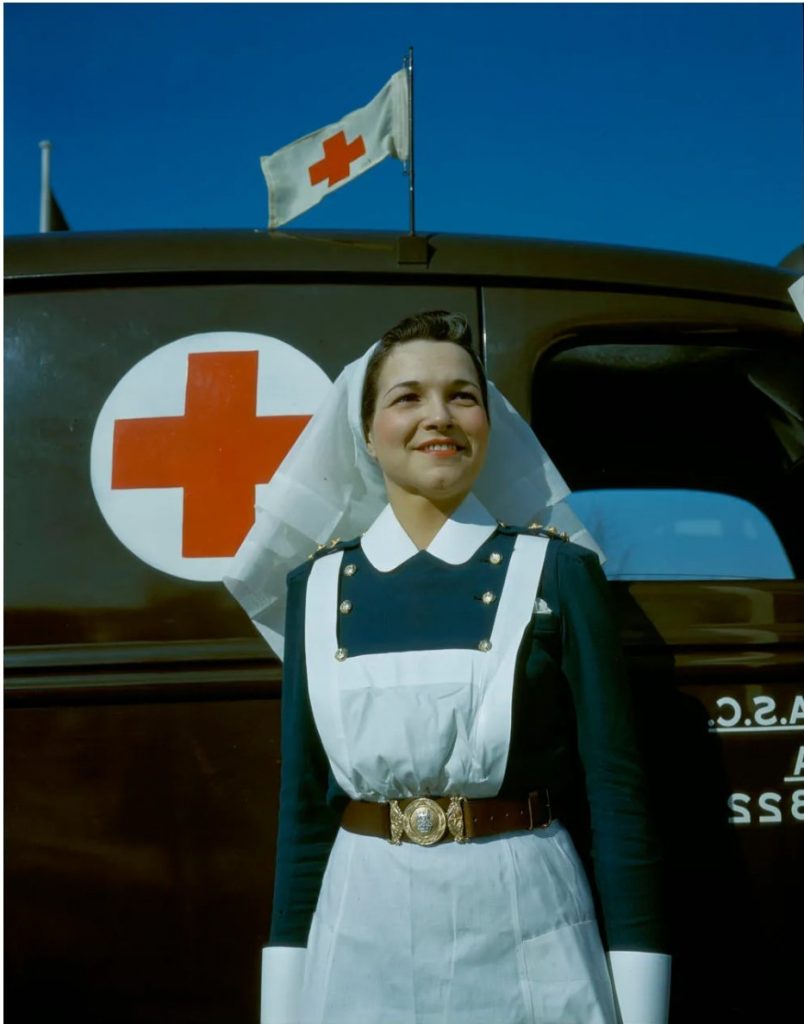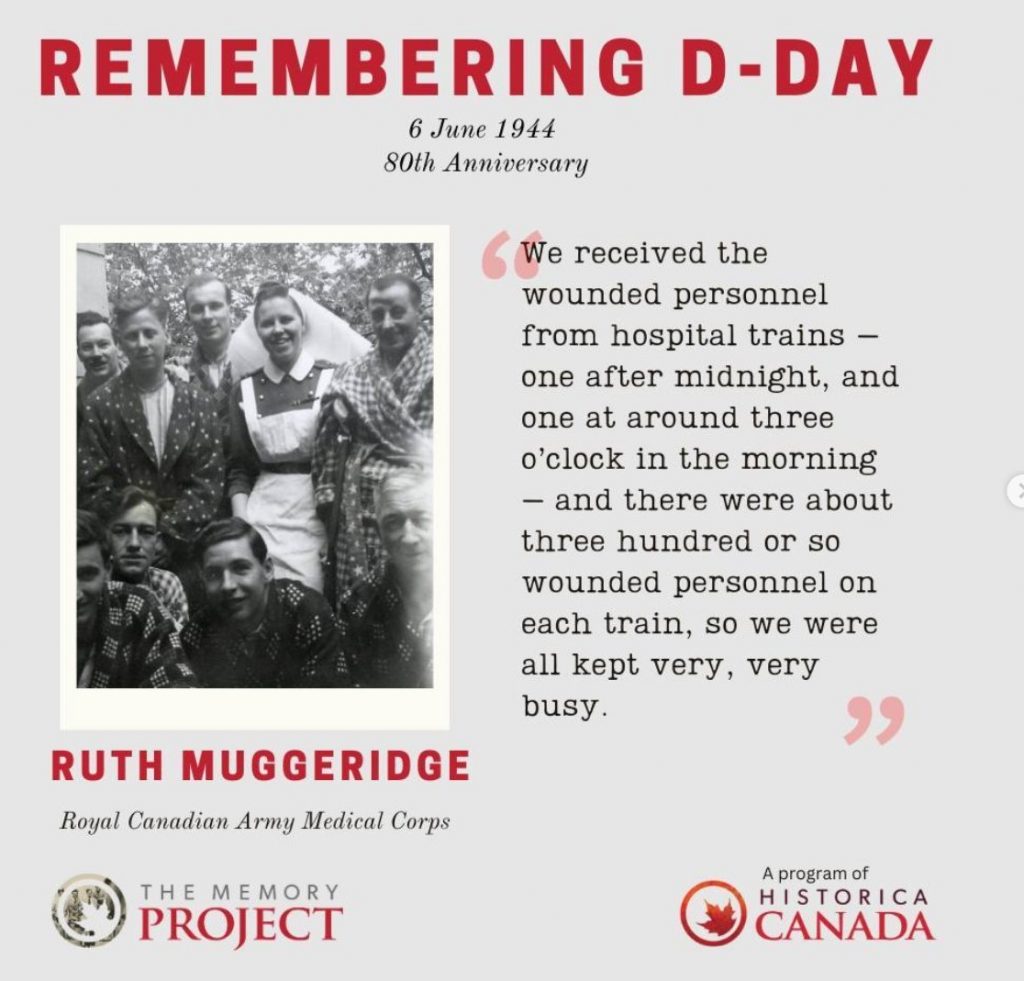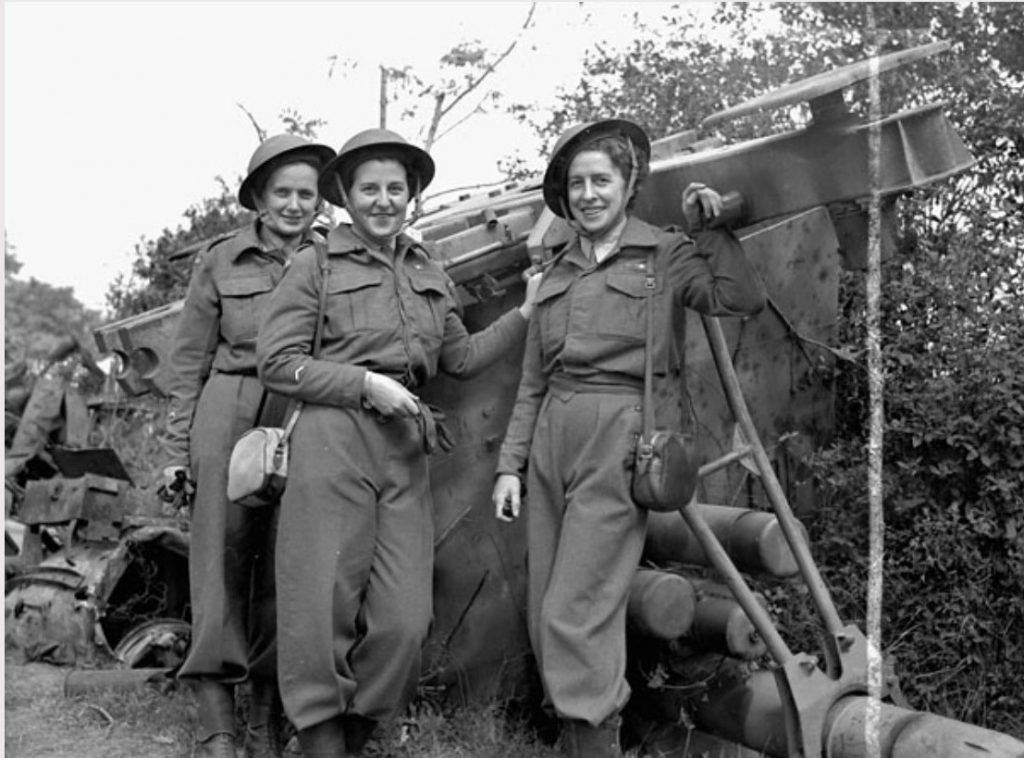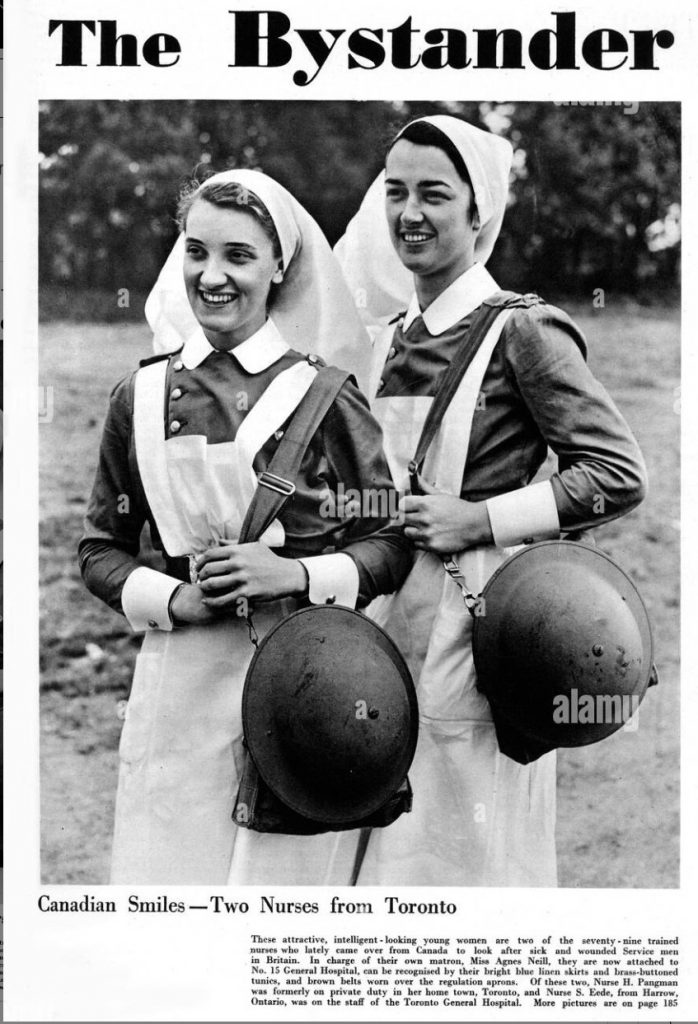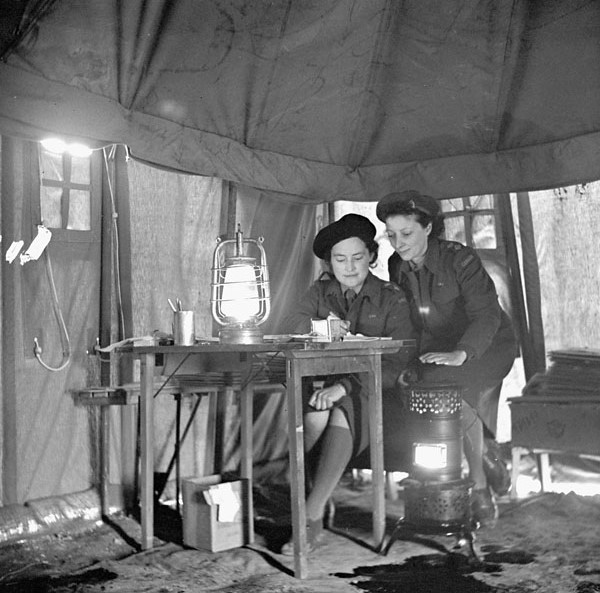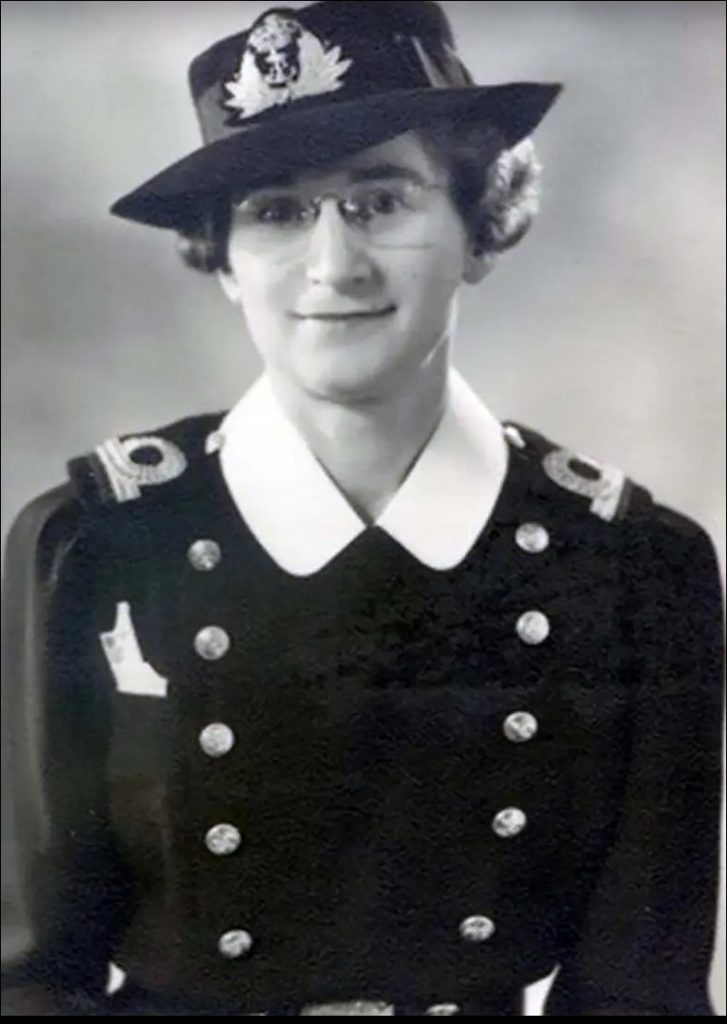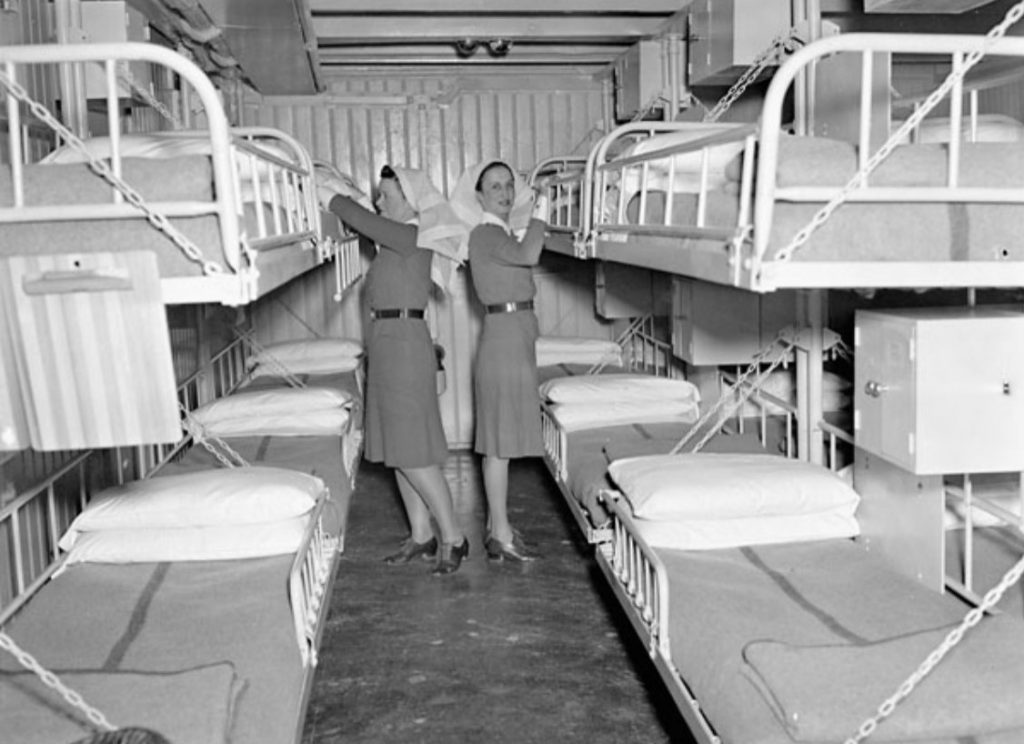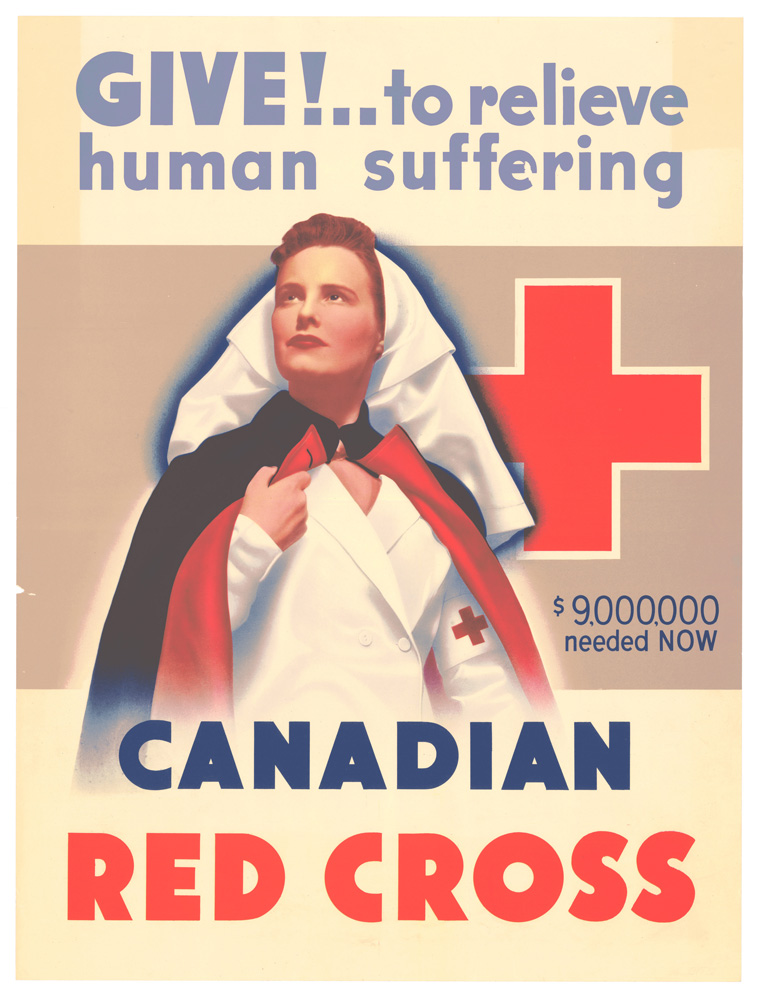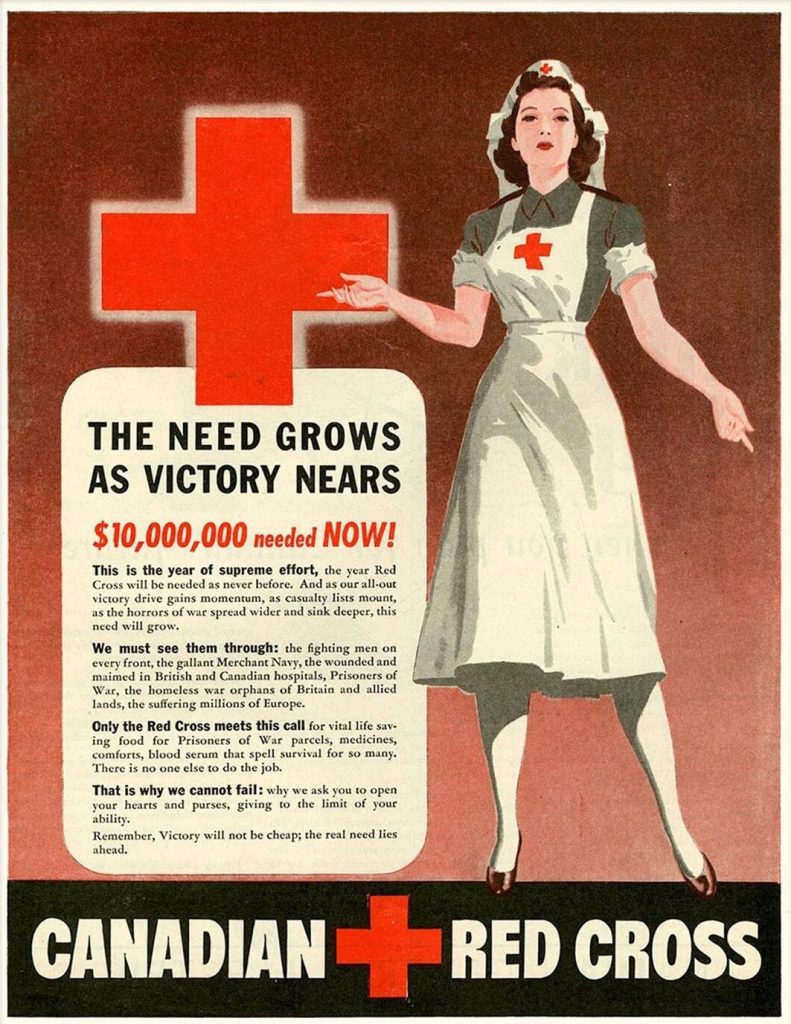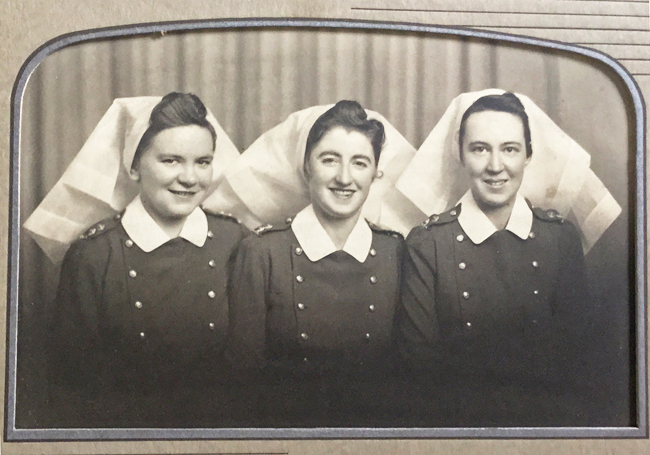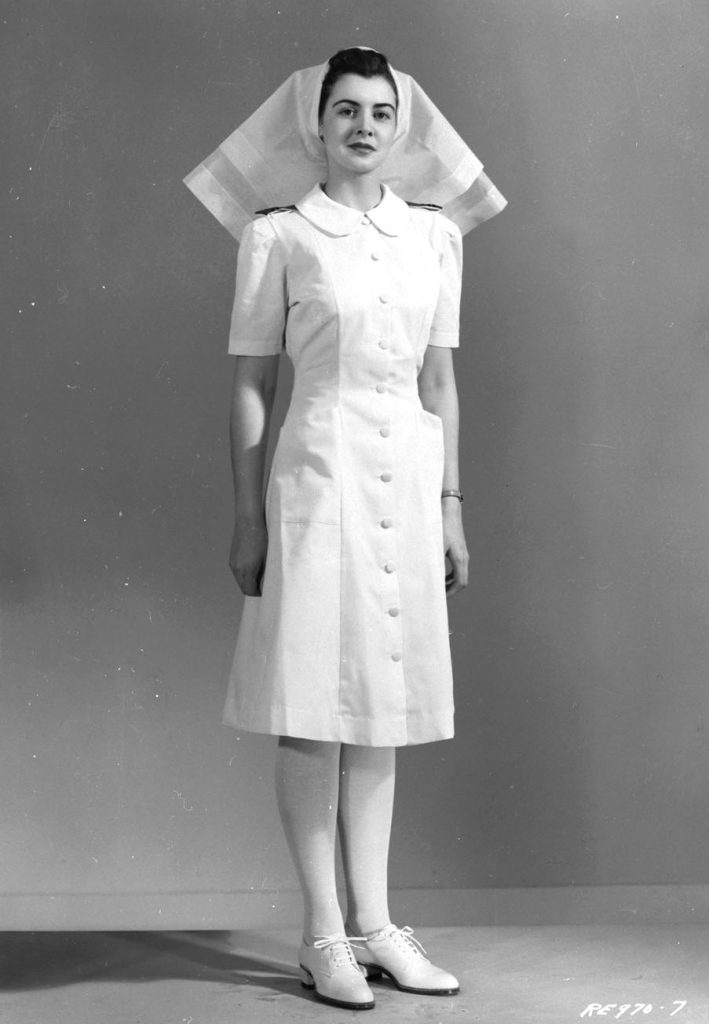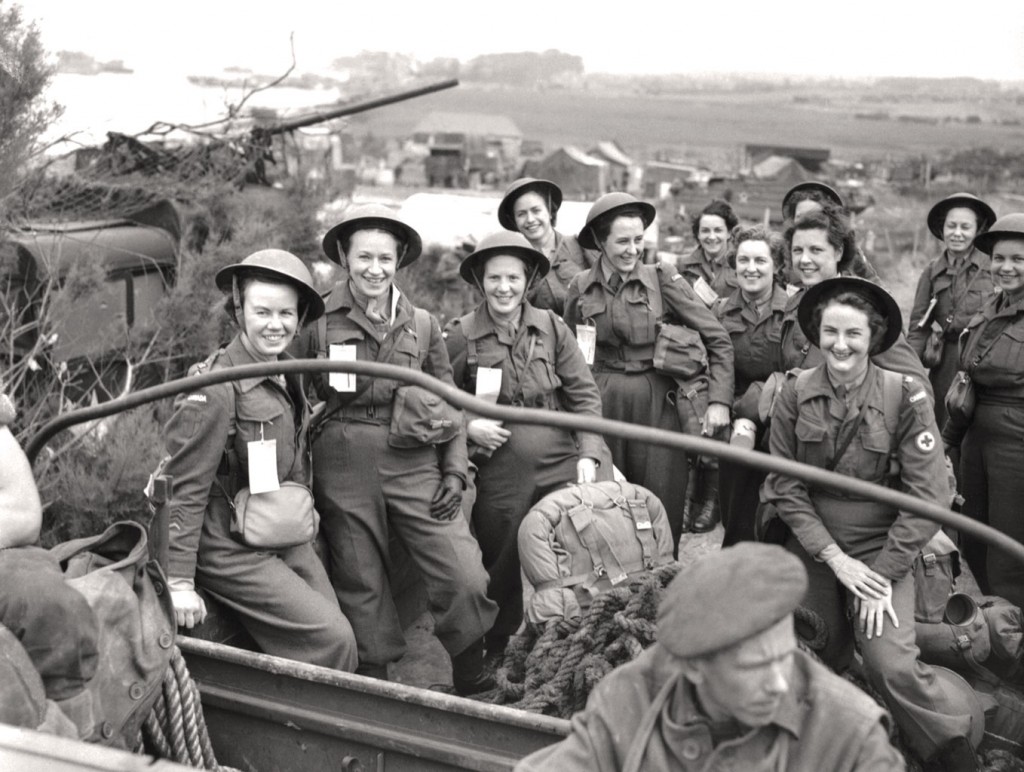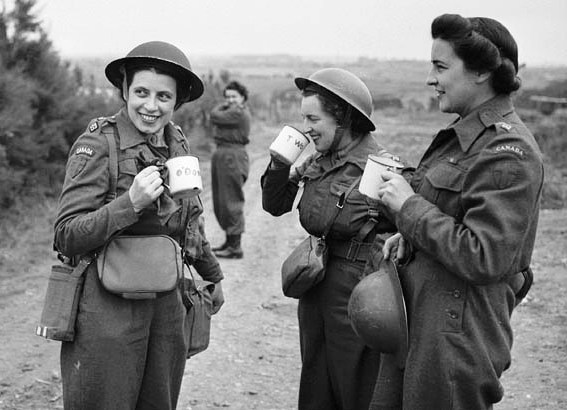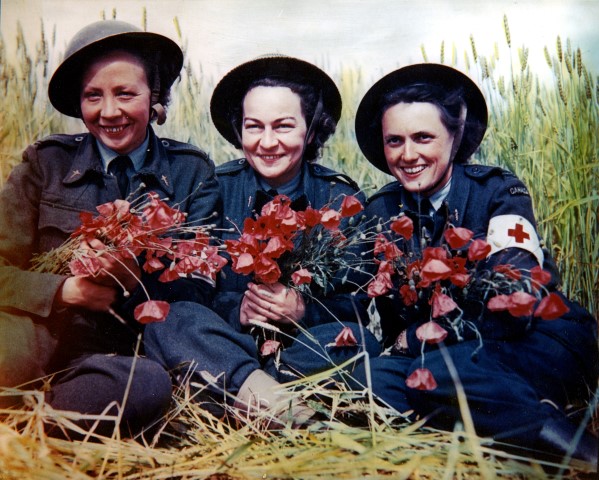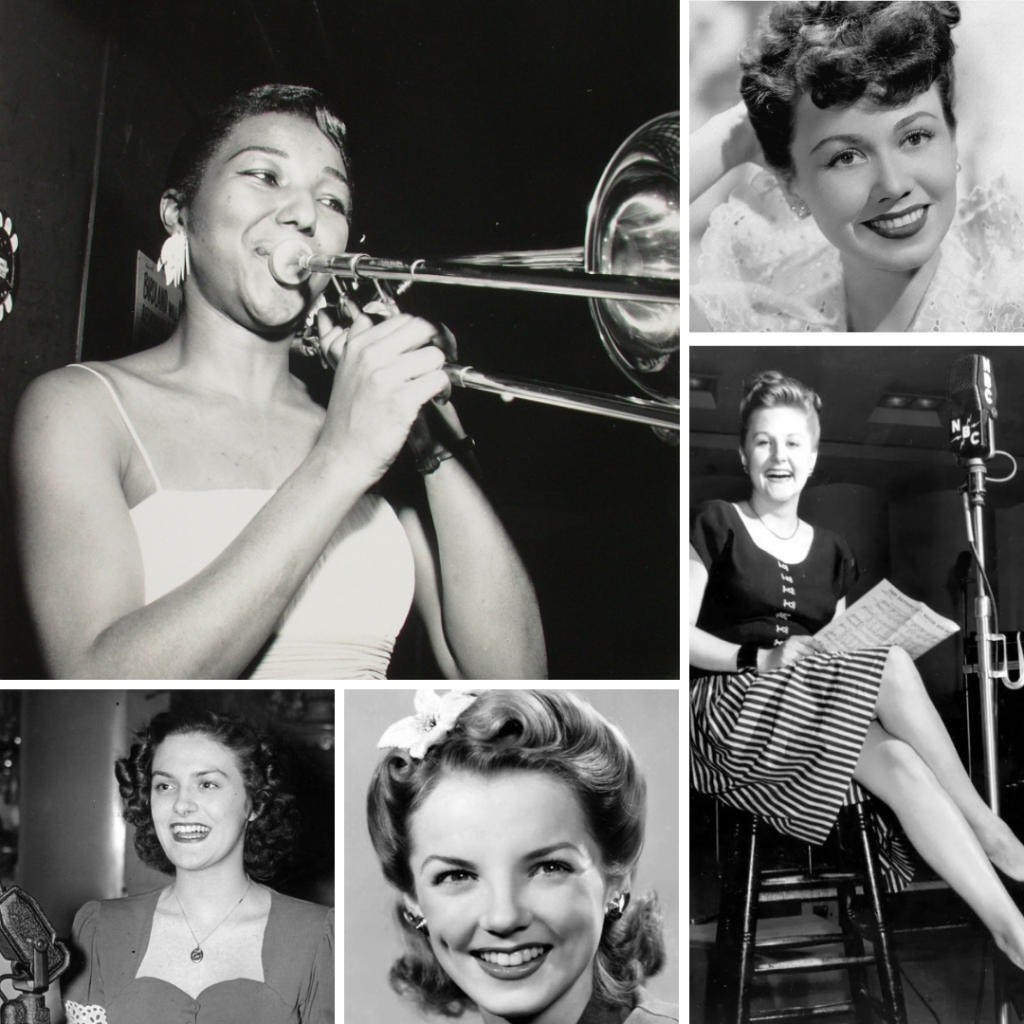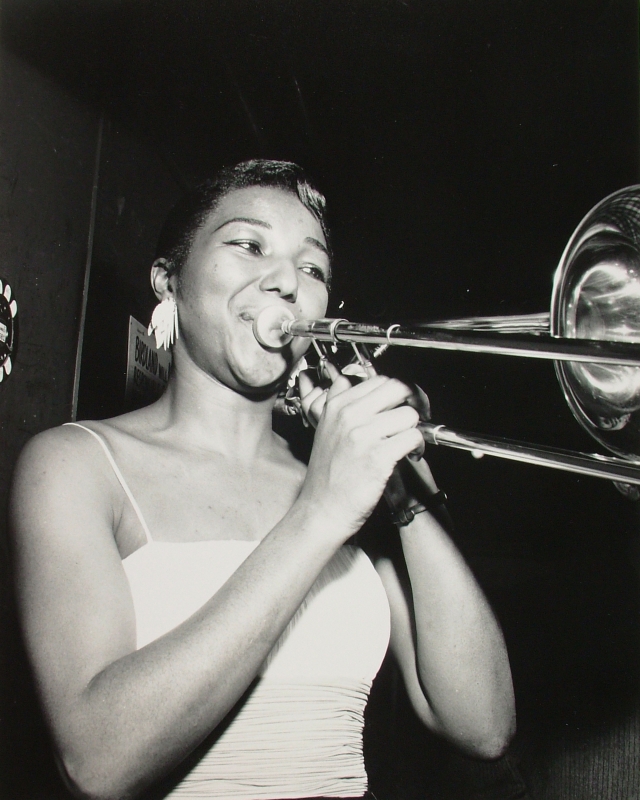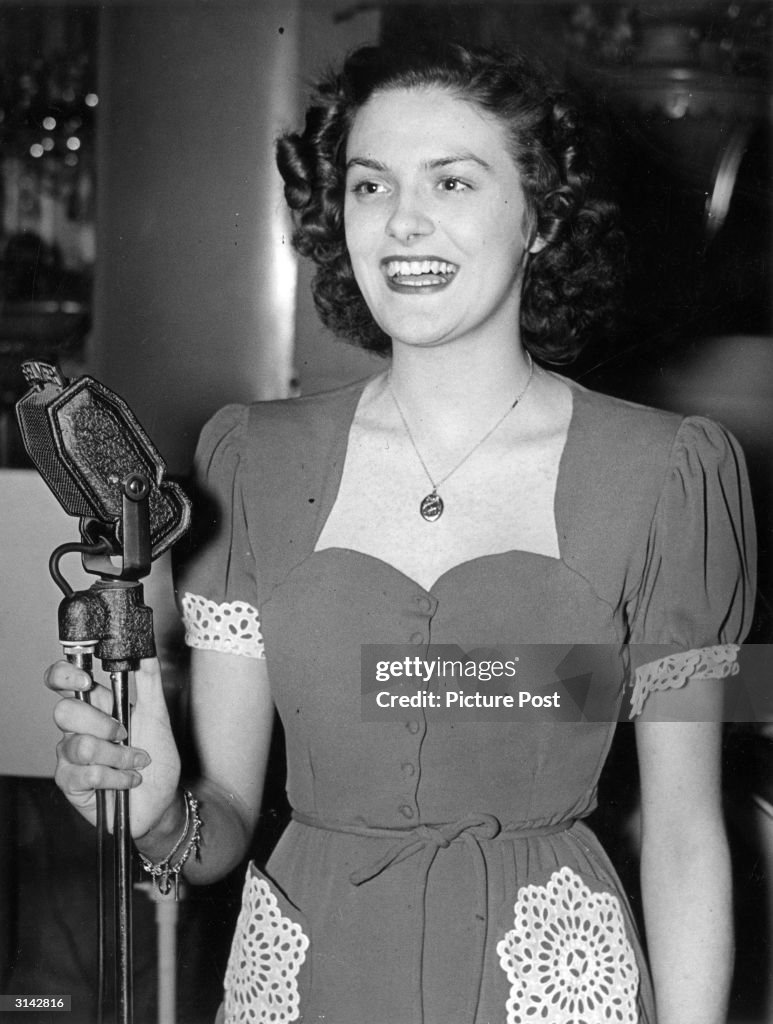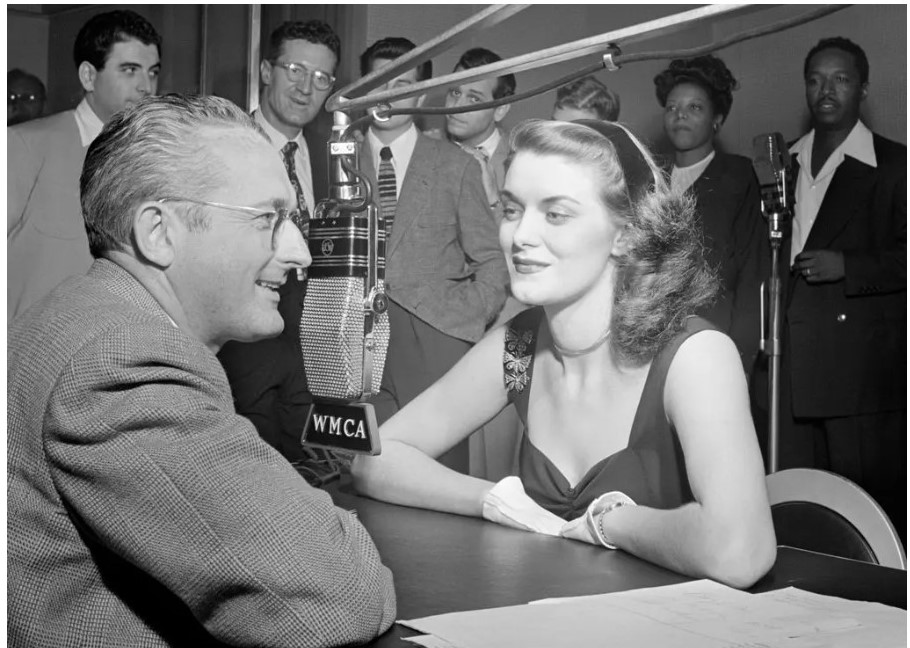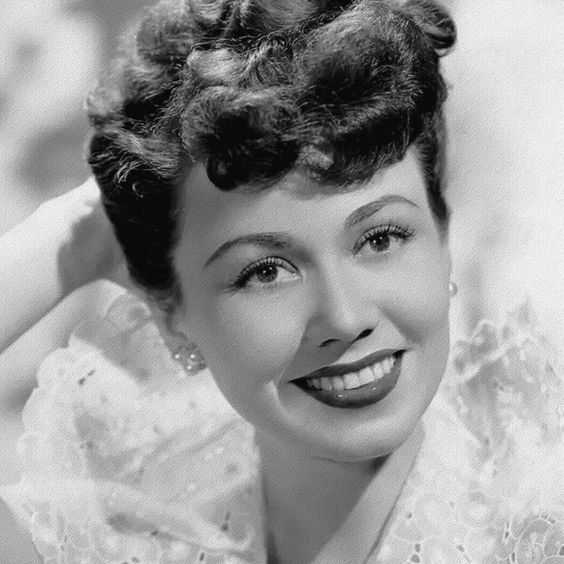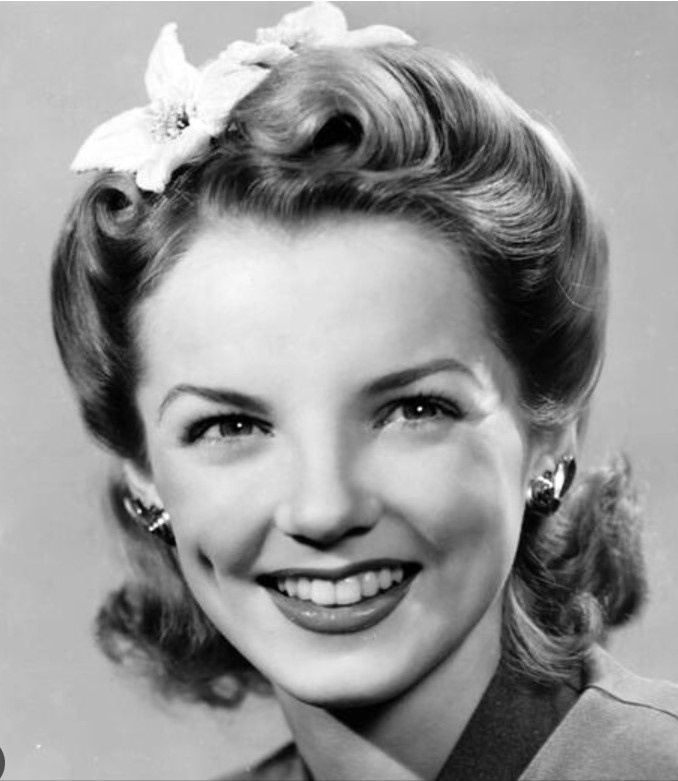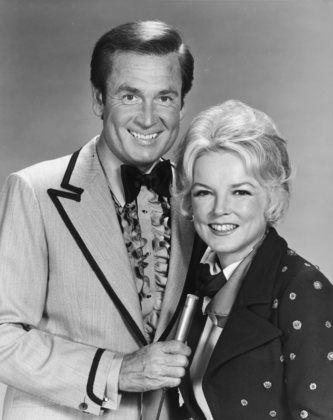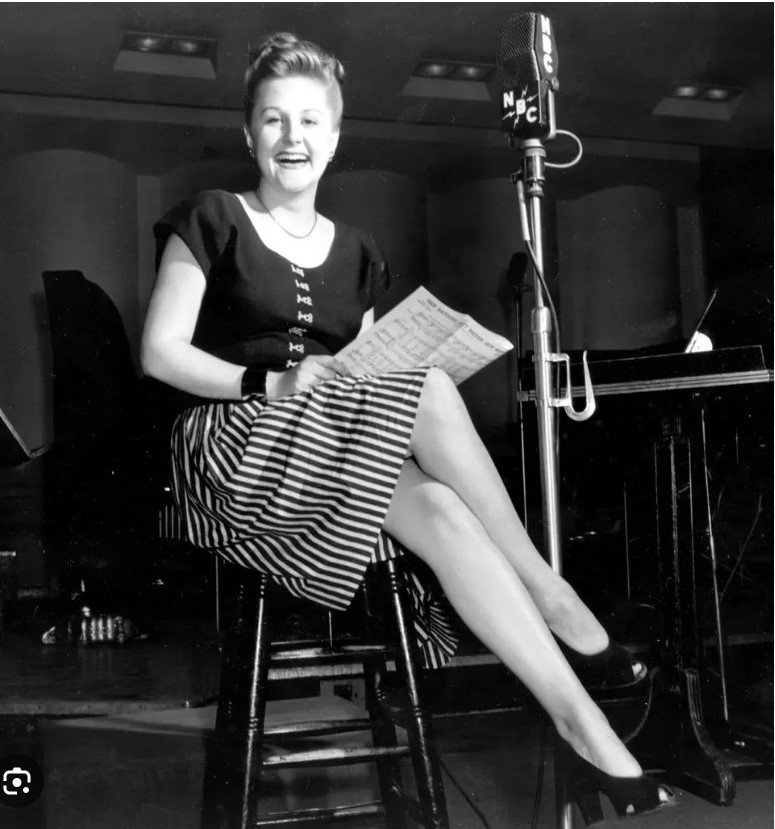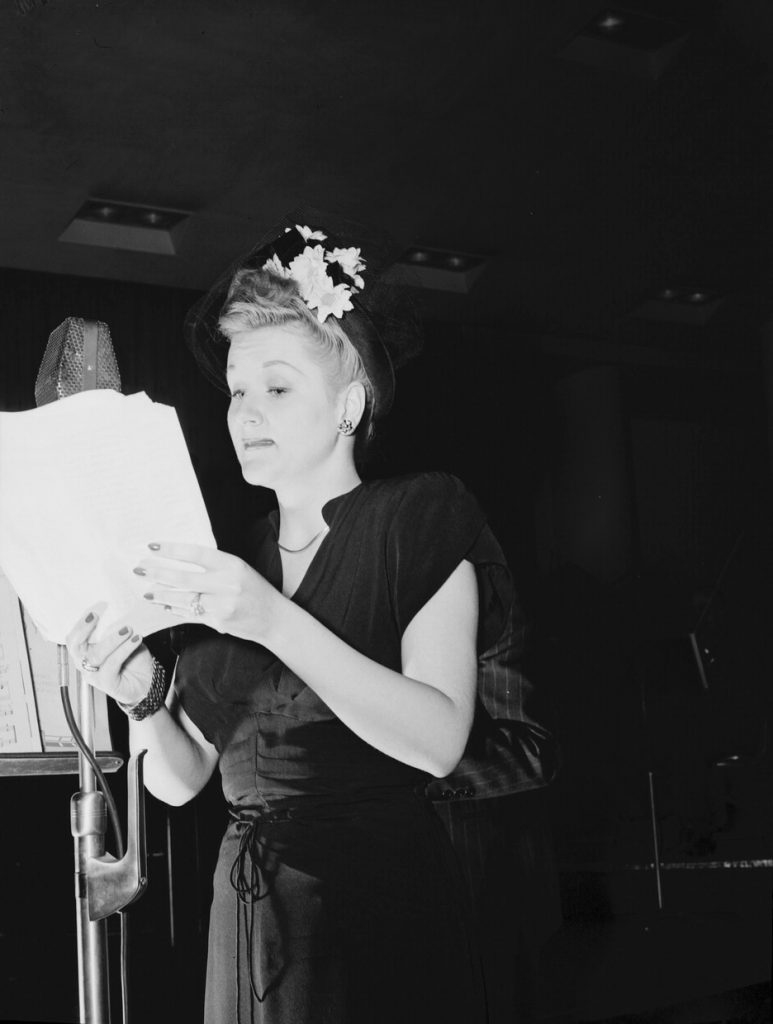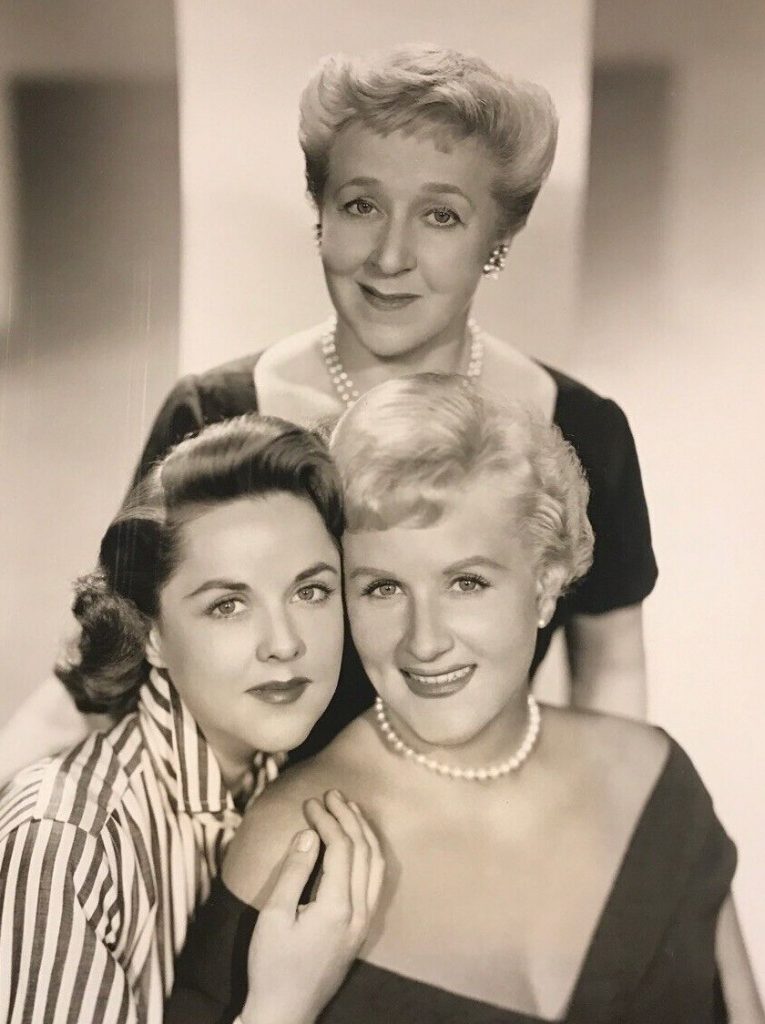June 6, 2024, will mark the 80th anniversary of the D-Day landings along the Normandy coast during World War II.
Codenamed Operation Neptune and often referred to as D-Day, it is the largest seaborne invasion in history. The operation began the liberation of France, and the rest of Western Europe, and laid the foundations of the Allied victory on the Western Front.(scroll to the end to see Quick about facts about Canada’s HUGE part during D-Day).
Over the years on my blog, I have documented the contributions of Women during WW2, specifically Canadian Women as a way to continue to keep their stories alive. I am thrilled to add another piece to my collection, highlighting the remarkable Canadian Nurses or “Nursing Sisters” through a captivating combination of vintage photographs, magazine illustrations, and engaging stories. Join me for a brief yet powerful historical overview of these brave women who deserve to have their stories kept alive.
Source: Elinor Florence.com
The First World War Canadian Nurses
Canadian women’s first military contributions were as nurses who tended to the sick and wounded in times of conflict. They were called “Nursing Sisters” because they were originally drawn from the ranks of religious orders. More than 2,800 Canadian Nursing Sisters served with the Canadian Army Medical Corps during the First World War, often close to the front lines of Europe and within range of enemy attack. With their blue dresses and white veils, they were nicknamed the “bluebirds” and were greatly respected because of their compassion and courage. Canadian women were not permitted to serve in other military roles during the First World War (Source).
Left to right: Nursing Sisters, Mowat, McNichol, and Guilbride.
Canada. Dept. of National Defence/Library and Archives Canada/PA-007350 (modified from the original). Provided by The Vimy Foundation.
The Second World War
The Second World War would see Canadian women returning to serve again as nursing sisters but this time the nursing service went beyond the Royal Canadian Army Medical Corps. It was expanded to both the Royal Canadian Air Force Medical Branch and the Royal Canadian Naval Medical Service. By the end of the war, 4,480 Canadian Nursing Sisters served in the military, with 3,656 in the army, 481 with the air force, and 343 with the navy. Also aside from regular nurses, therapists, dietitians, laboratory technicians, and physiotherapists were employed by the army as well (Source). More than two-thirds of them serving overseas.
Second World War nursing sisters wore a military uniform with a traditional white veil. These young women were commissioned officers and were respectfully addressed as “Sister” or “Ma’am.” In fact, Canada’s military nurses were the first in any Allied country to have officer status. Canadian women would also serve in other military roles during the war, however, and some 50,000 eventually enlisted in the air force, army and navy (Source).
Further Reading from ‘the Canadian Encyclopedia’ on the Nursing Sisters (Lots more info on these women).
Photo: May 1942. Source: mcmaster.ca
Canadian Nursing Sisters as Seen thru Photos, Illustrations & Stories
Toronto Star Weekly from November 23rd, 1940 showcasing on the cover a Canadian Overseas Nurse.
Source: Elinor Florence.com
Here is a coloured photo of a 1940s Canadian nurse.
From ‘Historica Canada‘:
Ruth Muggeridge was a Nurse at the No. 8 Canadian General Hospital during the Second World War and remembers tending wounded soldiers during D-Day. Visit her profile from The Memory Project Archive to hear her full testimony HERE.
July 17th, 1944. The first nursing sisters of the Royal Canadian Army Medical Corps (R.C.A.M.C.) to land in France after D-Day (source).
Source: Library & Archives Canada
The front cover of The Bystander features two nurses from Toronto, brought in to Britain in 1940 along with seventy-seven others to help care for wounded servicemen in wartime Britain. 1940 (Source).
Source: Alamy.com
Nursing Sisters Eloise MacDiarmid and Frances Caddy on night duty, No.1 Canadian General Hospital, Royal Canadian Army Medical Corps, Andria, Italy, February 1944 (source).
Important Facts: After three years in England, Nursing Sisters were sent into action on the continent. Donning battle dress, steel helmets and backpacks, Canadian General Hospital, No. 1 arrived in Sicily, the first women to land in the Eighth Army area. Almost all hospital units deployed to the continent were initially set up under canvas. Later, they were moved into abandoned or bombed-out buildings (source).
Source: Library & Archives Canada
Nursing Sister Agnes Wilkie, the only Royal Canadian Navy nursing sister killed by enemy action during the Second World War.
Agnes Wilkie was a passenger on the ferry SS Caribou when it was sunk by a German torpedo in the Cabot Strait off Newfoundland. Despite the efforts of her companion, Nursing Sister Margaret Brooke, she died in the cold waters of the Atlantic Ocean. For her heroism, Brooke was made a Member of the Order of the British Empire (MBE), the first Canadian nursing sister so recognized (Source).
Further Reading: CBC Article-Only nurse killed by enemy action in WW II remembered as a ‘warm, gentle’ hero in Misericordia exhibit
Source: cwgc.org
Unidentified nursing sisters of the Royal Canadian Army Medical Corps awaiting the inspection of one of the wards aboard the hospital ship S.S. LADY NELSON, England, 4 May 1943 (source).
Source: Library & Archives Canada
1940s Canadian Red Cross poster depicting a young nurse (source).
Description: “Give! … to relieve human suffering. $9,000,000 Needed Now. Canadian Red Cross”
Source: McMaster University Library
One more Canadian Red Cross Propaganda poster. “The Need Grows As Victory Nears”.
Source: eBay
“Nursing Sister Healed the Wounds of War” (read their story & see the fantastic photos by clicking on the text link or the image below).
Blog Post from Elinor Florence-Wartime Wednesday (a treasure trove of Canadian Wartime stories from those men & women who served).
Photo Description: Three young Canadian nurses from the story above. Jessie on the left with friends Mary Dowie and Queenie Rutherford.
Source: Elinor Florence.com
Nursing Sister, RCAF (Royal Canadian Air Force), white uniform, 18 Dec 1943 (source).
Source: Silverhawkauthor.com via Library and Archives Canada
Nursing sisters from No. 10 Canadian General Hospital, Arromanches, France, July 1944 (source).
Source: Legionmagazine.com
A video interview with Nora Cook, a Canadian WWII nurse who enlisted in the medical corps in 1943, and served in a field hospital in Normandy (video link).
Read Nora’s full story HERE:
Nursing sisters of No.10 Canadian General Hospital, Royal Canadian Army Medical Corps, having a cup of tea upon arriving at Arromanches, France, 23 July 1944 (source).
Source: Library & Archives Canada
Early on the morning of June 19, 1944, Molly (Dorothy Irene Mulholland) and another nursing sister, Winnifred “Pit” Pitkethly, became the first Canadian women to land as part of the Normandy offensive. Here is Dorothy’s Story (pictured below).
Source: Junobeach.org
Nursing sisters having tea, No.8 Canadian General Hospital, Royal Canadian Army Medical Corps, Aldershot, Hampshire, England, 24 November 1943 (source).
Source: Library & Archives Canada
July 24th, 1945: Bob Hope poses with Canadian Nursing Sisters at his Bob Hope Show Tour (source).
The other man in the photo is Jerry Colonna, American musician, actor, comedian, singer, songwriter and trombonist (thank you to a reader for the name).
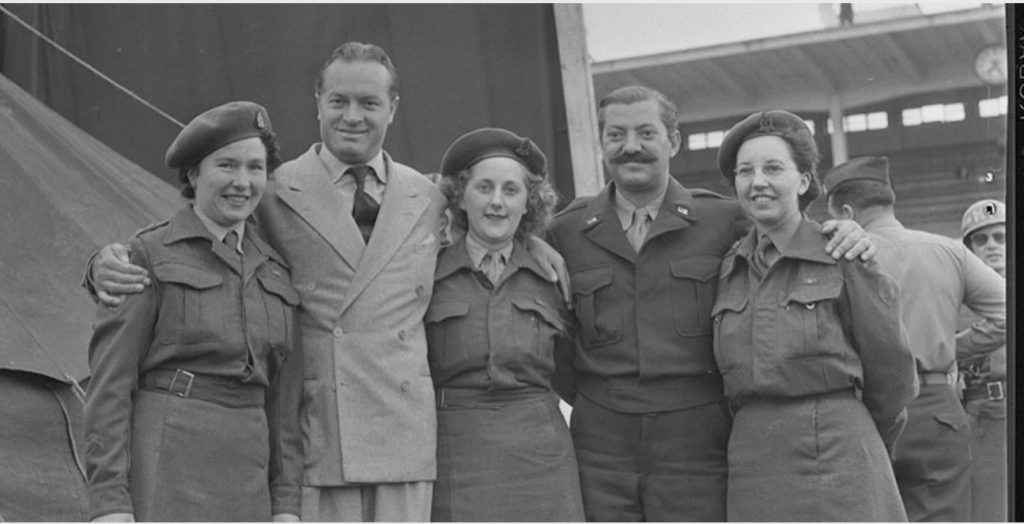
Source: Library & Archives Canada
Quick Facts about Canada on D-Day
- D-Day and the Battle of Normandy was one of the most significant chapters in Canada’s military history.
- More than 450 members of the 1st Canadian Parachute Battalion jumped inland before dawn on 6 June 1944. They were the first Canadians to engage the enemy on D-Day.
- On 6 June 1944, some 14,000 Canadian troops from the 3rd Canadian Infantry Division and the 2nd Canadian Armoured Brigade stormed the beaches of Normandy.
- More than 90,000 Canadian soldiers who had volunteered to serve Canada during the Second World War saw action in the Normandy Campaign.
- The Battle of Normandy lasted for 11 weeks. Fighting through the dust and heat of the French summer, more than 5,000 Canadian soldiers were killed and another 13,000 wounded before the campaign officially came to a close in late August, 1944.
- The Canadians who fought on D‑Day and throughout the Battle of Normandy were among the more than one million men and women from our country who served in uniform during the Second World War (SOURCE).
Thank you for dropping by and spending some time learning about these outstanding Canadian Women. I very much enjoyed putting this post together for all of you as I learned so much along the way.
Dear readers, please share any thoughts you may have on this topic in the comments section below.
FURTHER READING:
- Vintage Inn Blog Posts: World War 2 Women’s Contributions & Homefront Posts
If you live or are visiting Ottawa , Ontario Canada please make sure you visit the The Canadian War Museum. Currently as of June 6th, 2024 they have a special exhibit called “OUTSIDE THE LINES – WOMEN ARTISTS AND WAR“.
Liz

